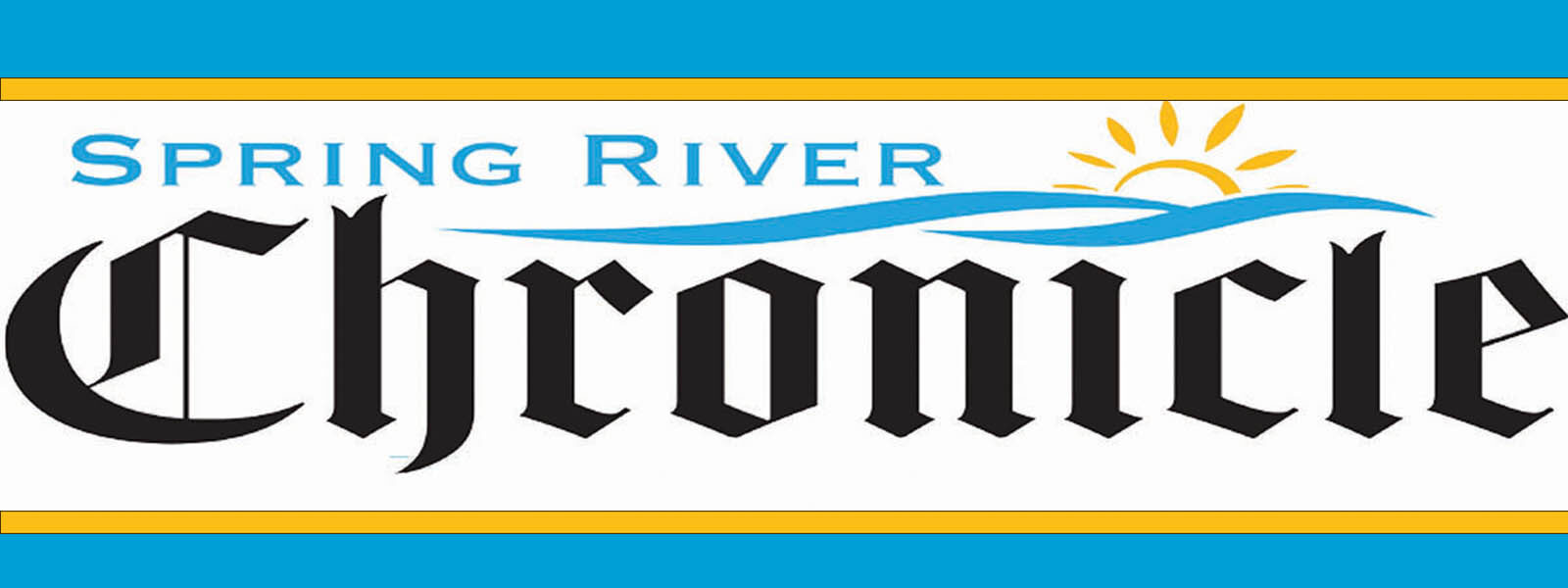By Tammy Curtis, Publisher
Schools across the state have begun measures to adopt their 2022-23 school calendars. This year, districts have four options for their calendars, all of which must be submitted to the Arkansas Department of Education by June 15.
Legislation passed in the 2021 state legislative session provided for varied calendar types.
The four options the Arkansas Department of Education has offered to districts include the Traditional School Year Calendar, The Alternate School Calendar, The Four Day a Week Calendar and the 12 month or Year Round Calendar.
The traditional school year calendar which is based on the 178 days of instructional time from August until May with two parent teacher conferences and is essentially the calendar model that most area schools currently utilize with start dates no earlier than two weeks before the Labor Day holiday.
The second option is the Alternate School calendar, which is based more on the instructional hours than days. It consists of at least 1,068 hours of instructional time with a minimum of 30 hours of make up time added into the calendar. Currently, state law requires 178 days of instructional time with at least six hours of daily instruction. This law gives schools more flexibility on a start date and length of a school day. Under this option, Districts must establish an hour to day conversion based on a six hour instructional day to establish attendance, to determine the number of days required in a teacher’s basic employment contract as well as also complying with reporting requirements. In this method, student attendance will be calculated in minutes and further converted to days.
Schools that opt for the Alternate School Calendar will not be eligible to utilize alternative methods of instruction which includes virtual learning under health or public emergency situations.
The third option is the four day a week calendar. This option essentially increases the traditional six hour instructional days to seven and a half hours which still meets the weekly 30 hour instructional time requirement. Schools with this option, like Viola, in Fulton County, often offer a fifth day for students who may need additional instructional activities for things like intervention, enrichment as well as access to computers and other services like therapies.
According to the ADE, the final method is the “12 month or year round school calendar.” The easiest way to describe this option is that the instructional hours are the same but spread over the entire year between July 1 and June 30. This method includes no vacation times lasting more than seven weeks, including summer vacations. Vacation breaks are instead split up over the year with the same amount of instructional hours as the other calendar options.
The Highland School District sent out messages a few weeks ago on their school application for parent, teacher and staff comments on the calendar. Last week when posted on social media many parents said they were not even aware of the proposed change.
At the Feb. 16 school board meeting, the board adopted a proposed calendar which was what Superintendent Jeremy Lewis called the one discussed at the meeting a “hybrid calendar.” He explained, “We have not done anything final with calendar. We are still going through the process gathering input from our folks, gathering input from our stakeholders and trying to answer all the questions we can so the school board can make the most informed decision possible when they do vote on the final calendar.” He said the proposed calendar has to go back to our PRC committees and then back to the board for final approval.
Lewis said the calendar could look a lot of different ways. “It is called, and it shouldn’t be called, a year round calendar. Schools that have adopted it have called it a hybrid or a balance or flat calendar. You are still only required to go to school 178 days, basically you are going to divide the year up differently,” Lewis explained. He said the breaks could be longer for Fall, extended Christmas break and Spring Break. There is some flexibility in the dates the district takes off with this calendar,” he explained.
Lewis said the new calendar changes across the state have come to give school districts more options to consider when considering the needs of their students and district. “There used to be a one size fits all calendar. Every school started and got out at the same time and there wasn’t a lot of flexibility. With these options, the Department of Education is allowing school boards to tailor their schedules to meet the needs of their stakeholders.” This includes, employees, students, families of students or anyone who would have anything to do with the school system.
Board member Renee Clay-Circle also sought input from Highland parents, teachers and others. She put out a post inviting input and explaining some of the questions. She also provided an example of what the calendar would look like in relation to breaks.
Clay-Circle said, “Instead of school starting on Aug. 21 like it does now, school would start on Aug. 1. We would start three weeks early, but we would get three, one week breaks throughout the year. For example (this is a example only):School gets out on May 25 (same as this year) and it would start back on August 1 – three weeks early. You still get a week for Thanksgiving, two weeks for Christmas and one week for Spring Break – just like you do now. But, you would also get three additional weeks – which I would (for example) take: Labor Day Week of September 5-9, Easter Week April 18-22,Maybe the week of Jan 30-Feb 3rd. (If you had to use a snow day, it could come out of that week),” the long time board member explained.
She went on to say, “My thinking is this helps kids and teachers both from getting burned out. Sports: If your kid seventh through twelfth grader had a practice or a game, you would still do that just like you do now. You just wouldn’t go to school, the same way as summer sports are now.”
Parents main concerns voiced on social media posts about the proposed changes seemed to be childcare for families who may work at a different traditional school during the breaks and traditional family scheduled summer vacations as well as summer court ordered six week visitations with non custodial parents who live in different towns or states.
Others felt the hybrid calendar would allow for better retention and learning.
Lewis explained some of the benefits to the hybrid calendar. “They don’t have as much of what they call a summer slide, that loss over the two and half month extended summer break where they are having to catch up. Breaking up the school year is another benefit of that calendar, reducing some of the burn out. There are benefits and cons to all the calendars. I think the school board is considering all options and answering any questions one may have.
He said the district hasn’t made any concrete plans but the hybrid is not final but is the one they district is proposing and will work on it until the next school board meeting and have something for them to look at,” the superintendent explained.
The plan will be submitted to Highland’s Personnel Policy Committee, which includes both classified and certified staff members. The plan will then be presented at the next board meeting. It must be voted on and approved by the June 15 deadline. Lewis said, “We are more than happy to answer any questions anybody has.”
The link to look at samples of the proposed calendars is available on the district website at www.highlandrebels.org/page/school-calendar-comments-information.
Salem School District
Salem Superintendent Wayne Guiltner said the Salem School District is still in the preliminary planning stages of implementing their new schedule.
“We have looked at all the options except for the four day, I don’t think that is an interest of ours but we have eliminated the year round simply because seven weeks is the longest break you can take. We are pretty efficient in how many employees we have. I don’t think we could take our buildings apart and put them back together in that amount of time.” Guiltner said the Salem School District is only looking at keeping the traditional or implementing the alternate calendar which would just add few minutes but would decrease the number of days and still maintain the required instructional hours.
Guiltner said discussion about the new calendar has at this point, always been preliminary but it will go to the District’s Personnel Policy Committee and then back to the board in April for final approval.
“Our calendar is going to look very traditional. The reason we are looking at that is Act 688 makes it where you can’t start until the Monday two weeks prior to Labor Day. We lose a week of instruction that we could have had prior to state testing. If we add a few minutes to the end of the day, we can get that time back. While that is not the big push for everybody. Next year, the schools will begin getting letter grades again and no body wants to go to a school that has a low grade.,” he explained.
Salem School District is one of the top performing schools in the area. Salem Elementary was recognized by the Office for Education Policy (OEP) at the University of Arkansas as a school that is Beating the Odds, because students demonstrated high growth on the ACT Aspire even though the school serves a high percentage of students who participate in Free and Reduced Lunch. Salem Elementary received the following “Beating the Odds” rewards:
Statewide Overall Growth: Elementary School Level; State-wide Math Growth: Elementary School Level; High Math Growth: Elementary Level (Northeast Region); and High ELA Growth: Elementary Level (Northeast Region).
Cave City Superintendent Steven Green was contacted regarding the district’s plans for the new calendar, but phone calls were not returned at press time.

